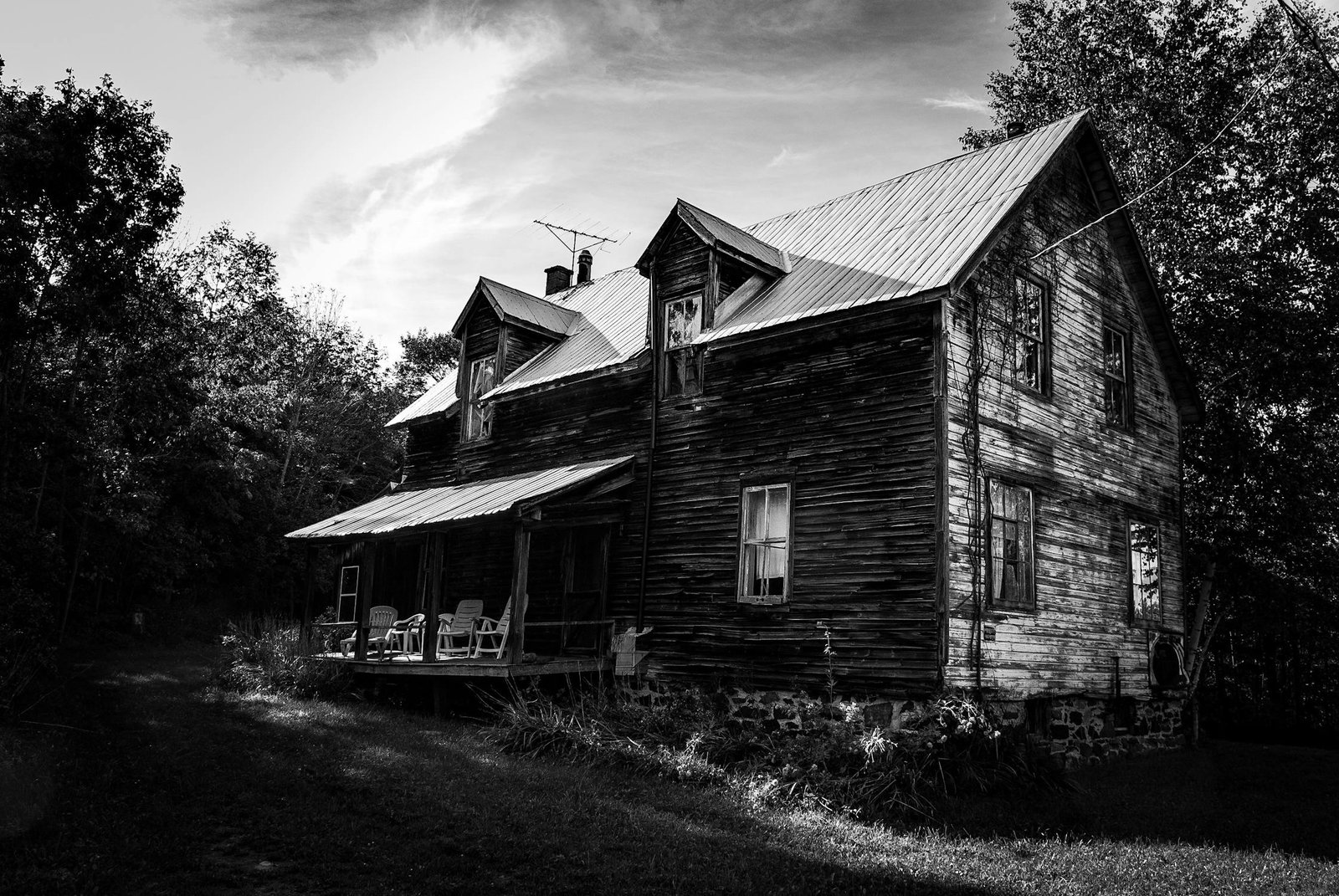Coasters Themed on Ghosts!
I picked up a set of six coasters from my favourite Oxford bookstore in Calcutta after much hesitation. It captures the different types of ghosts found in Bengal. I wondered how my guests would react to their cup of chai resting on a beastly-looking woman with fangs and long hair, or red eyes with monstrous teeth staring right at you, or a skeleton-like creature relishing a fish!
But the illustrations were too hard to get over. Hence the purchase.

Bapi’s Repertoire of Bhoots
Bengali folklore abounds in references to ghosts, and a part of my childhood was spent listening to such stories, especially the fish-eating ones. I remember that Bapi (my father) often narrated “snippets” from his childhood in Bangladesh, many of which had ghosts in them. Some were friendly, some greedy, and some spiteful.
Many sat on high tree branches, pouncing on travellers after sunset; many waited outside kitchens to steal a fish; many swayed with the winds while the kaash (Kans Grass) was in full bloom; and some waited to lure young men and suck their blood. Amongst this vast repository of bhoots and ghosts, the fish-eating ghost was my favourite.
Bapi and Mecho-bhoot: A True Story
One day, Bapi was returning home with his older cousin, carrying a fresh catch from the river. They had to walk through a paddy field to reach the village. The sun was setting, and locals believed that the smell of the fish always attracted the mecho-bhoot, who could go to any extent to grab a fish. It is also known to chase people in pursuit of the fish! They increased their strides and hastened their pace, while their hearts pounded in fear.
The sun had bid ta-ta-bye-bye, and they were halfway through the field when they heard a nasal voice from behind: “aie, amare ekta maas dibi?” (Eh, can you give me one fish?)
In such a situation, the rule was, ‘Don’t turn around.’
Bapi and his cousin started running.
The voice got louder. “Amare ekta de!” (Give me one)
Their fear grew in direct proportion to the high-pitched, nasal-sounding entreaties that hounded them. And soon, all they could do was run like cheetahs till they reached the village, where my Jethu- father’s older cousin lived.
My father and his cousin who had his dhoti in his hand, ran till they reached Jethu’s doorstep. They were home, safe but their fish were gone.
That mecho-bhoot!
I asked Bapi if mecho-bhoot had stolen it or if they dropped it in fear. He was certain that mecho had stolen their prized ‘foli’ fish. The fish that their gluttonous minds had imagined preparing with thin slices of radish, slow-cooked with mustard paste, and then enjoying with gorom bhaat (warm rice) on a winter evening!
Food and Bhoot
Bapi told me many such stories that fascinated me. I would often sink into a world of fish and bhoots. Years later, as an adult, I realised that bhoots had a unique connection with food in Bengal.
I guess the bhojon-roshik Bangali (foodie Bengali) could never leave out the topic of food while writing about ghosts and ghouls. After all, what’s a bangali bhoot without food?
Popular bhoots of Bengal

Petni: Female ghosts who died without having their desires satisfied. Cunning and vicious, they are usually unmarried. Very sexist, I say! You know what I mean!
Shakchunni: Fish-loving, married female ghosts wearing shankha-pola bangles who longed to return to married life and would possess married women to live their lives! Really 🤦🏽♀️
Mamdo: Ghosts of Muslims who died unnatural deaths!
Bramhodoittyo: Elite ghosts of a Bengali Brahmin man who died an unnatural death. He is often considered a friendly ghost. Imagine casteism in the land of ghosts.
Mechho: Ghosts crazy about fish and can do anything to get some fish, especially if it’s Ilish / hilsa. I call them ‘haengla bhoot’ or greedy ghosts!

Skondhokaata: Those who died after being decapitated are running constantly in search of their heads. Aiyyo, paavam!
There are many more bhoots that formed a sizeable chunk of my growing-up years and who are well documented in Bangla literature and movies. But the best ones are those made up by my dearest Bapi and narrated with animated eyes.
















One Response